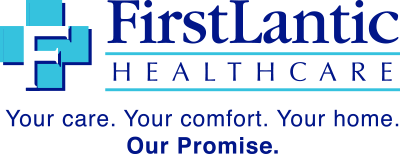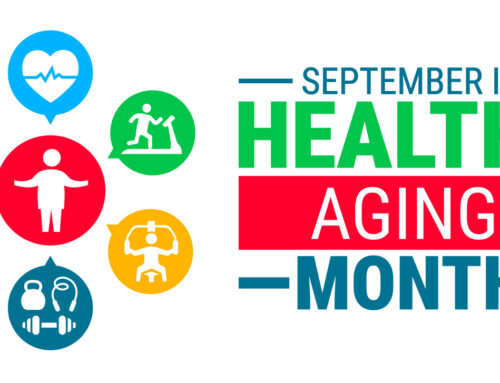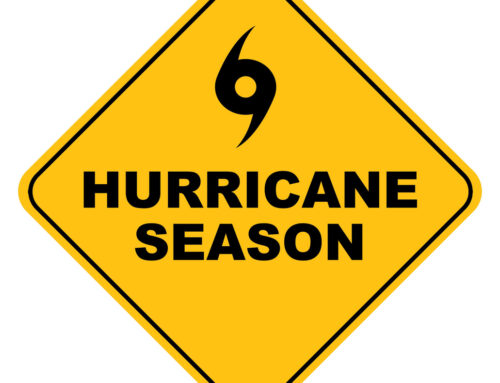Over the past 30 years, a woman’s odds of dying from breast cancer have decreased by one-third. There are now more than 3.3 million breast cancer survivors in the United States, according to the National Breast Cancer Foundation. And while we have come a long way, there is still much more work to be done so that every woman (and man) is safe from the dreaded disease. In honor of Breast Cancer Awareness Month, FirstLantic is devoting our blog this week to the possible causes and detection techniques. In our blog next week, we will tackle treatment options and what remains to be done in order to find a cure.
Causes of breast cancer
While there is still no definitive answer as to what actually causes breast cancer, cutting-edge research is being done to further explore correlations. For example, studies are being conducted on the best use of genetic testing for breast cancer mutations, the effects of diet and exercise as well as possible environmental causes. According to the Mayo Clinic, factors that are already associated with an increased risk of breast cancer include:
• Being female. Men can get breast cancer as well, but women have a much higher risk.
• Obesity. Being obese increases your risk of breast cancer.
• Beginning your period at a younger age. Beginning your period before age 12 increases your risk of breast cancer.
• Having your first child at an older age. Women who give birth to their first child after age 30 may have an increased risk of breast cancer.
• Having never been pregnant. Women who have never been pregnant have a greater risk of breast cancer than do women who have had one or more pregnancies.
• Increasing age. Your risk of breast cancer increases as you age.
• Beginning menopause at an older age. If you began menopause at an older age, you’re more likely to develop breast cancer.
• Postmenopausal hormone therapy. Women who take hormone therapy medications that combine estrogen and progesterone to treat the signs and symptoms of menopause have an increased risk of breast cancer. The risk of breast cancer decreases when women stop taking these medications.
• A personal history of breast conditions. If you’ve had a breast biopsy that found lobular carcinoma in situ (LCIS) or atypical hyperplasia of the breast, you have an increased risk of breast cancer.
• A personal history of breast cancer. If you’ve had breast cancer in one breast, you have an increased risk of developing cancer in the other breast.
• A family history of breast cancer. If your mother, sister or daughter was diagnosed with breast cancer, particularly at a young age, your risk of breast cancer is increased. Still, the majority of people diagnosed with breast cancer have no family history of the disease.
• Inherited genes that increase cancer risk. Certain gene mutations that increase the risk of breast cancer can be passed from parents to children. The most well-known gene mutations are referred to as BRCA1 and BRCA2. These genes can greatly increase your risk of breast cancer and other cancers, but they don’t make cancer inevitable.
• Radiation exposure. If you received radiation treatments to your chest as a child or young adult, your risk of breast cancer is increased.
• Having never been pregnant. Women who have never been pregnant have a greater risk of breast cancer than do women who have had one or more pregnancies.
• Postmenopausal hormone therapy. Women who take hormone therapy medications that combine estrogen and progesterone to treat the signs and symptoms of menopause have an increased risk of breast cancer. The risk of breast cancer decreases when women stop taking these medications.
• Drinking alcohol. Drinking alcohol increases the risk of breast cancer.
Detection
Early detection is still the key to higher survival rates. While many of us make sure the rest of our family get regular check-ups, we often neglect our own health and well-being. So, make this the year that you take care of yourself first so that you can continue to take care of your loved ones as well.
Mammograms
Early detection is still the key to higher survival rates and mammograms still are the most important screening test. It can detect breast cancer up to two years before the tumor can be felt by you or your doctor. Women age 40 – 45 or older who are at average risk of breast cancer should have a mammogram once a year.
New imaging tests
Sometimes a mammogram image may not give your doctor enough information. In these cases, you may need an additional test. For example, breast ultrasound and breast magnetic resonance imaging (MRI) may be done. These tests may help tell the difference between dense breast tissue, benign (not cancer) lumps and cancer.
Other newer tests are already being used in certain situations, while others are still being studied. Some of these tests include:
• Scintimammography (molecular breast imaging)
• Positron emission mammography (PEM)
• Electrical impedance imaging (EIT)
• Elastography
For more on these tests, see Newer and Experimental Breast Imaging Tests.
Liquid biopsies
Circulating tumor cells (CTCs) are cancer cells that break away from the tumor and move into the bloodstream. Circulating tumor DNA (ctDNA) is DNA that is released into the bloodstream when cancer cells die. Researchers are investigating tests that measures the amount of CTCs and ctDNA in the blood of women with breast cancer sometimes referred to as a “liquid biopsy.”
Although more studies are needed before liquid biopsies could replace the traditional needle biopsy, some potential uses include:
• Looking for new gene changes (mutations) in the tumor cells that might mean the cancer has become resistant to specific treatments (like aromatase inhibitors)
• Determining if a certain drug will work on a tumor before trying it
• Helping decide if a woman’s cancer is responding to a certain treatment by noticing a decline in CTC level
• Predicting if the breast cancer will recur (come back) in women with early stage breast cancer
In summary, while there have been many breakthroughs in discovering risk factors and treatment options, there is still no “one size fits all” answer. As women, we need to be aware of the research, but we also need to take better care of ourselves. Whether it is eating healthier foods, exercising more or getting tested, our health needs to be our number one priority. And we need to listen carefully to what our bodies are telling us.
 AVAILABLE 24 HOURS A DAY/7 DAYS A WEEK
AVAILABLE 24 HOURS A DAY/7 DAYS A WEEK Careers
Careers







